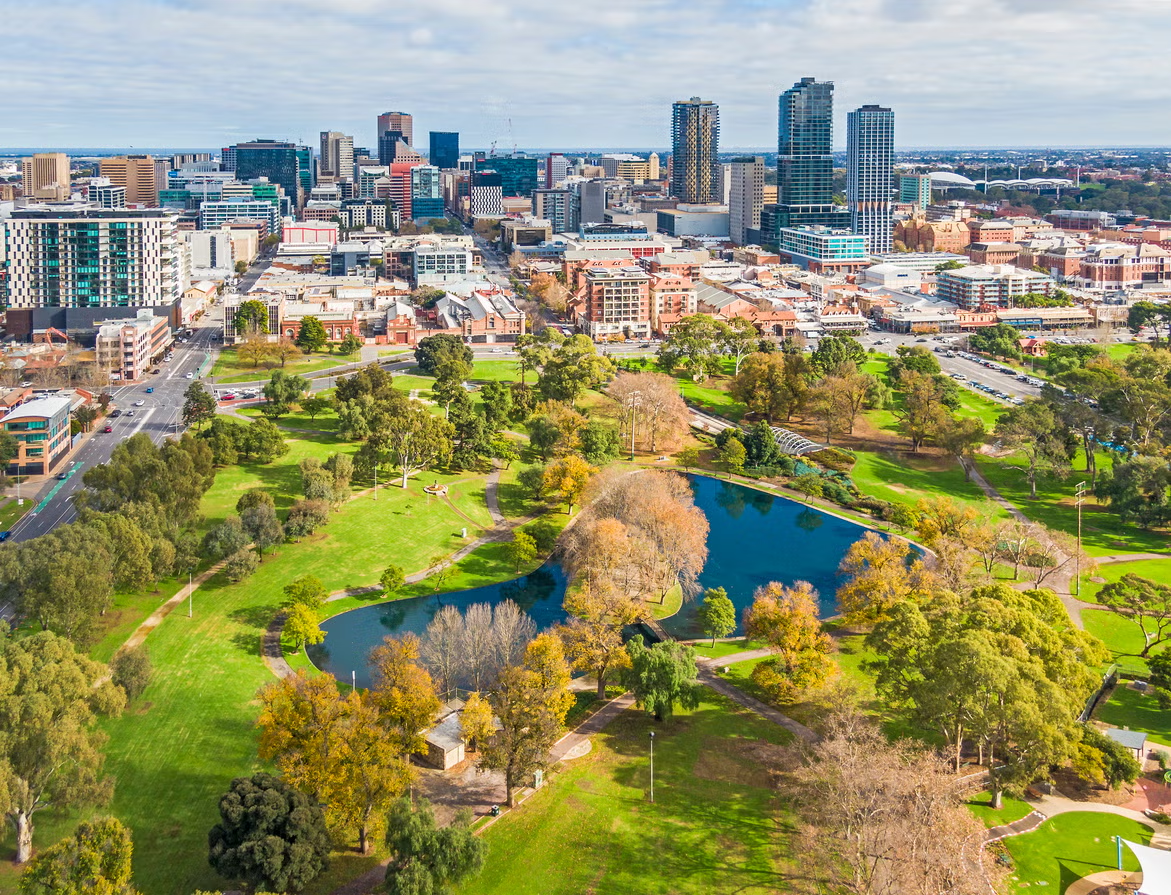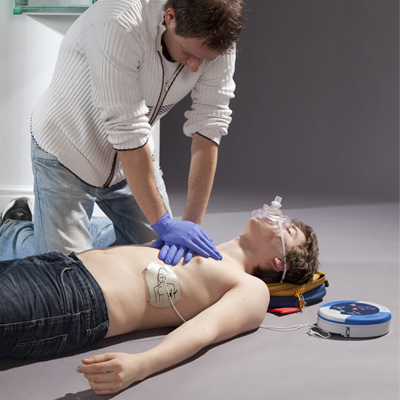
- /
- /
From 1 January 2026, South Australia’s Automated External Defibrillators (Public Access) Act 2022 will extend to non-Crown land or prescribed vehicles.
This means more privately owned and leased buildings — from office blocks and shopping centres to gyms, sporting facilities, and community venues — will need to have publicly accessible AEDs installed, maintained, with clearly signage.
For many property owners, facility managers, and tenants, this is unfamiliar territory. Some haven’t acted because they don’t know the details. Others assume it’s too expensive, too complicated, or “someone else’s responsibility.”
The truth is: time is running out, and waiting until 2026 could leave you exposed — financially, legally, and reputationally.
What the New Law Actually Means
The AED Act requires certain types of buildings and facilities in SA to:
- Install AEDs in publicly accessible areas (indoors and outdoors) or prescribed vehicles
- Provide clear signage inside and outside the premises
- Register AEDs with SA Ambulance within 2 weeks of installation
- Maintain AEDs so they are functional at all times (pads, batteries, readiness indicators)
- Comply by 1 January 2026 if located on non-Crown land (already applies to Crown land buildings)
Penalties apply for non-compliance, with fines up to $20,000.
Why Many Haven’t Acted Yet — and Why That’s Risky
When speaking with businesses, we often hear the same reasons for delay:
- “It’s too expensive.” – But fines, legal exposure, or reputational damage cost much more.
- “That’s my landlord’s responsibility.” – The Act can apply to owners, lessees, or occupiers, so tenants aren’t necessarily off the hook.
- “We’re a small venue.” – Prescribed sporting facilities, gyms, health centres, and other public spaces may still be captured.
- “We’ll deal with it later.” – The longer you wait, the fewer suppliers and installers available. Don’t get caught in the last-minute rush of 2025.
The Human Cost: Why AEDs Matter
Cardiac arrest can happen to anyone, anywhere, anytime. Without immediate intervention, survival rates drop by 10% with every passing minute. Having an AED readily available could change the odds dramatically, especially if used together with CPR and an immediate call to 000.
This law isn’t just red tape. It’s about saving lives. By acting early, your business or facility could be the one that makes a critical difference.
The Compliance Roadmap: How to Prepare Before 2026
Here’s a simple way to get ahead:
- Audit your site – Identify how much publicly accessible floor space you have and whether your building type is included.
- Check your gaps – How many AEDs do you need, and where should they be placed?
- Plan your approach – Decide whether to purchase outright or rent through a managed service.
- Install & sign – Ensure AEDs are mounted in visible, accessible locations with correct signage, both internally and externally.
- Register – Add your AEDs to the State register within 2 weeks.
- Maintain – Monitor pads, batteries, and status lights; keep everything functional.
- Train & inform staff – Awareness is key. Staff should know where AEDs are located and how to access them.
Rental vs. Purchase: Why a Managed Service Makes Sense
Many businesses hesitate because of upfront costs and ongoing maintenance worries. That’s where Fresh & Clean’s AED rental service removes the burden.
With a managed rental service:
- There are no large upfront purchase costs – one affordable monthly fee instead.
- Full compliance guarantee – installation, signage, and registration handled for you.
- Ongoing maintenance included – batteries, pads, and regular checks are all managed.
- Peace of mind – your AED will always be ready when needed.
- Flexible contracts – scale up if your building expands or requirements change.
It’s a turnkey compliance solution — leaving you free to focus on running your business.
Who Needs to Pay Attention Now?
- Landlords & property managers – Ensure leases and tenancy agreements clarify AED responsibilities.
- Business tenants & occupiers – Don’t assume your landlord will handle compliance.
- Gyms, sporting clubs & health facilities – These are specifically called out in the Act.
- Shopping centres & large retail spaces – With high foot traffic, AEDs are both a legal and reputational necessity.
- Community & cultural venues – From libraries to community halls, these spaces often fall within the scope.
Common Misconceptions (Myth Busting)
- “We don’t need one because we’re small.” – Wrong. Some venues under 600m² still fall under the definition of “prescribed sporting facilities.”
- “It’s the landlord’s problem.” – Not always. The law applies to both owners and occupiers.
- “Staff need medical training.” – False. AEDs are designed for use by anyone, with simple voice instructions.
- “Compliance stops at installation.” – No — maintenance and registration are just as important.
Act Early, Stay Ahead
By preparing now, you avoid:
- The last-minute scramble of late 2025 when demand for AEDs spikes.
- Penalties and fines for non-compliance.
- The risk of being seen as an unsafe or irresponsible operator.
More importantly, you position your business as proactive, compliant, and genuinely committed to community safety.
Final Word: Don’t Leave It Too Late
The 2026 AED mandate is closer than it seems. Businesses that act early will not only stay compliant but also demonstrate care for their customers, employees, and community.
Fresh & Clean makes it simple with our AED rental and managed service. From installation and signage to maintenance and compliance, we take the hassle out of your hands.






